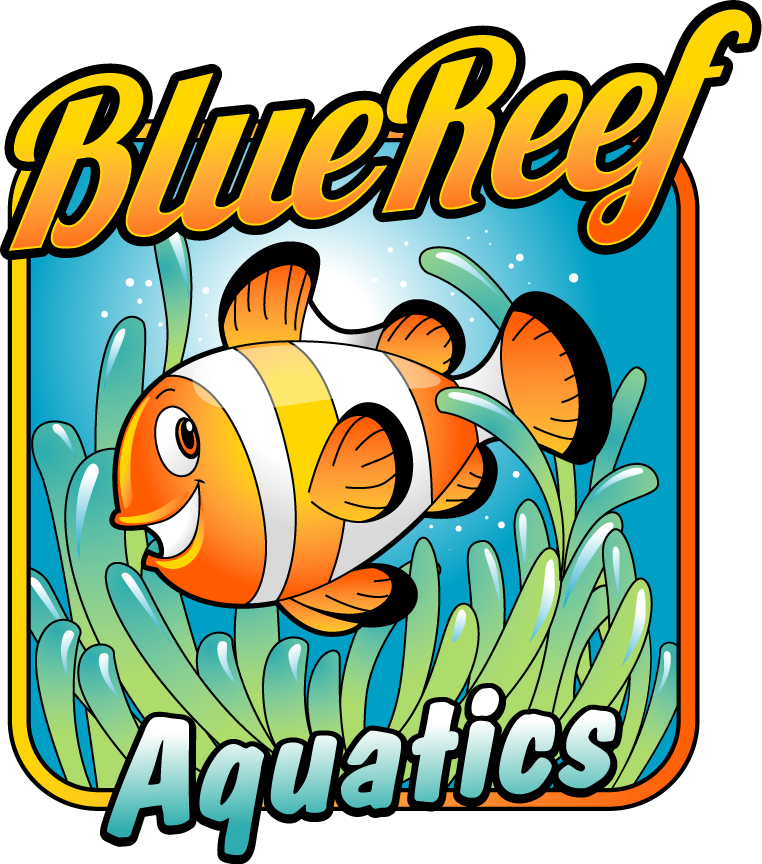Tridacna maxima – The Giant Clam
Maxima clams hold a certain mystique in the hobby. Insanely beautiful with iridescent colors that seem to change every time you look at them, these clams are the giant clam for many marine aquarists. While the beauty alone encourages an impulse buy, the conscientious aquarist is best to do his or her homework before buying a maxima clam. While clams have a reputation for being hard to keep, the reality is that they are fairly hardy if kept in the proper environment. To add icing to the cake, clams actually help stabilize and improve water quality in a well-maintained reef.
Maxima Clams – The Basics
While the beginning aquarist should probably perfect his or her reef-keeping skills before acquiring a maxima clam, the intermediate hobbyists may well be ready for this gorgeous animal. Maxima clams are a species of clam within the genus Tridacna. Species of Tridacna clams commonly seen in the marine aquarium hobby include T. crocea, T. derasa, T. gigas, and T. squamosa. While many clams are both wild-collected and farmed, October 2009 was the first time that wild-collected maxima clams were available to marine aquarium hobbyists in North America.
It probably goes without saying, but maxima clams, like all clams, belong in reef tanks and not fish-only systems. In a standard, well-maintained reef tank set-up with typical reef tank filtration, a maxima clam should do exceedingly well. In a fish-only system, the calcium levels will probably be too low, and likely the fish will harass and, ultimately kill the clam.
Light and Flow Requirements for Maxima Clams
When it comes to more specific parameters within the reef tank, maxima clams, like many corals, prefer high intensity lighting and strong flow. Because maxima clams, unlike many other sand-dwelling clams, prefer to attach themselves to rocky substrate, they can (and should) be placed on the rockwork in the upper third of the aquarium. This will insure they get enough light to properly maintain the symbiotic algae (zooxanthellae) these clams host. In turn, the algae, in combination with the clam’s regular filter feeding behavior, will provide most of the nutrients the animal needs to survive. Having said this, it is recommended to target feed maxima clams several times a week in most situations, but more on that below.
Other Reef Tank Parameters to Watch with Maxima Clams
In terms of other parameters, the staff at Blue Reef Aquatics emphasizes consistency above all else. There are, however, two parameters which can rapidly stress a clam and, ultimately, cause its demise. First is temperature. Maintaining a normal tropical reef temperature with less than two degrees of daily fluctuation is ideal, but it is absolutely essential to make sure the temperature never exceeds 82-degrees Fahrenheit. A normal reef pH is recommended, again with consistency being emphasized, but the aquarist keeping maxima clams should never allow the pH to exceed 8.4. Too high a temperature or pH will have a rapid, negative impact on maxima clams and must be avoided at all cost.
Supplemental Feedings for a Maxima Clam
Many people do not believe it is necessary to target feed maxima clams. At Blue Reef Aquatics, we recommend that most people keeping maximas target feed their clams at least once per week. The trouble is that while these animals do host symbiotic algae and filter feed, most reef aquarists over-filter their reef tanks, especially if they are keeping more sensitive coral species such as those with small polyps. As such, there is not as much available food in many reef tanks. To insure the health of a maxima clam in an over-filtered reef tank, consider feeding commercially-prepared phytoplankton with a turkey baster at least twice per week. Simply broadcast the food up current from the clam, and allow the food to be carried to the clam.
A Centerpiece Species
Overall, maxima clams are beautiful animals that can become the centerpiece of a gorgeous reef aquarium in one’s home or office. While they have a reputation of being hard-to-keep, in reality maxima clams are quite hardy if the right environmental conditions are provided and maintained.

